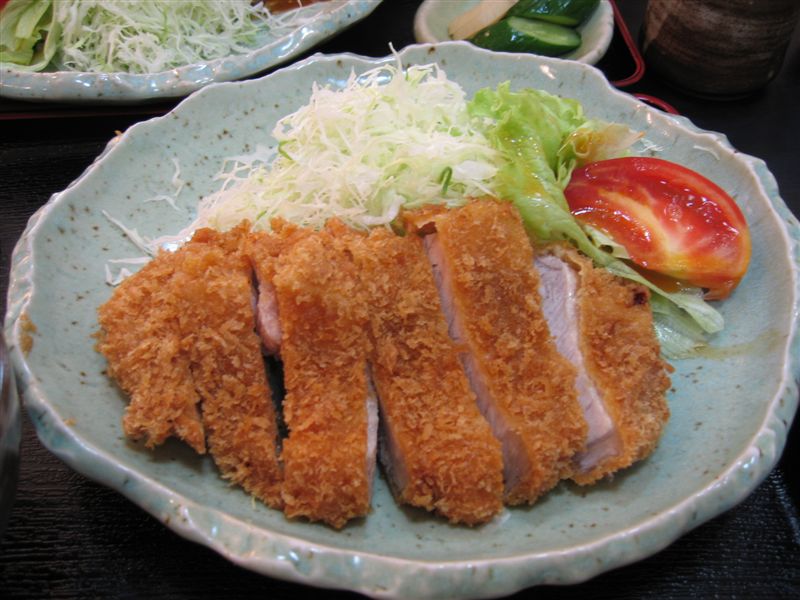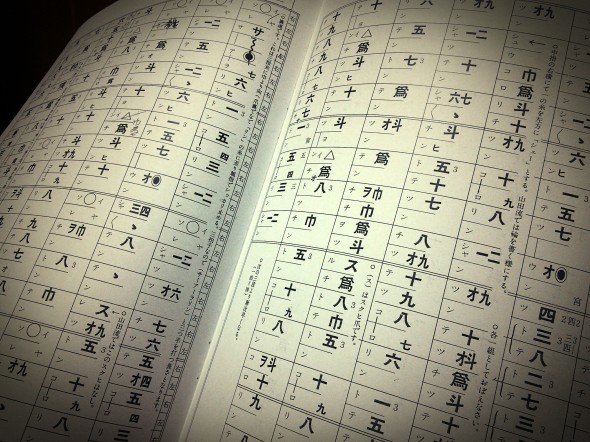My CIP experience couldn’t be called a success in the strictest sense of the word. If I had to pick, I guess the closest word I can think of is “adventure”.
And it was, to an extent, kind of adventurous. From the very first day, spent running feverishly through the backstreets of a tiny neighborhood with a printed out google map, trying to find a location with no signs or labels, there was always an element of waiting disaster. Not least of which were my clay related activities.
Before this CIP, I had no idea that one individual could destroy so much clay in so short a period of time. Of course, before this CIP I also had no idea that a group of individuals could fix it (most of the time). Throughout my time at the studio, I have made clay too wet, made clay too dry, had too much clay, had too little, held tools in the wrong hands, held tools in the right hands but upside down, spun wheels backwards, collapsed towers of clay, shaved off the entire top three-quarters of a cup, and generally gone about creating a collection of pottery that could, at best, be called eclectic.
This isn’t, in and of itself, too surprising. A little high school pottery does not match the twenty or so years of experience that most people at the studio have. We were a different class, entirely, which is why I found it so surprising when people would laugh at what I had produced.
In the US, as a general rule, experts at something don’t really take the time to comment on the very beginner’s work, but when they do, they usually find a compliment to say along with a suggestion. It is rare, and frankly rude, to insult something done by someone significantly less experienced than yourself or to critique it harshly, even if these critiques are legitimate, since they don’t have the same years of experience you have. Not so much at this pottery studio.
I won’t deny, the adventure for the first couple of weeks consisted largely of wondering what I could do to not make something giggle-inducing that day, and as a direct result, I didn’t make much of anything at all. I sat, and wedged clay for hours, or shaved off excess material at a rate of dust particles per hour, or did other tasks to waste time and avoid having to actually make something. Given that pottery classes met for five hours at a time, I can honestly say that high school paid off because I had clearly become an expert in procrastinating.
All around me, people would go fluidly about their business, sticking handles to cups and pouring molds and scratching designs into the delicate porcelain surfaces of cups. Every now and then, I would try to ask what people were making and how they were making it, but it was frequently a lost effort on me. Besides that, for the first few weeks, my conversation consisted mostly of explaining to each person individually where I had come from and what I was doing there and then I would embarrassedly slink off into silence as they produced one masterpiece after a next. It became a routine that was both monotonous and terrifying, as every week I would wonder if my tilted cups were bad enough to break whatever tentative bonds formed between me and the other students.
I won’t lie. The first weeks were unpleasant that way. It took me a while to figure out what exactly was going on. I was getting increasingly frustrated before my Japanese teacher finally explained something to me.
Apparently, praising beginners and trying to make things especially easy for them is not necessarily a priority in Japan in the same way it is in the US. Within the studio, the culture is very much one of each individual trying to push themselves to their best. And that means taking criticism. Frankly, it means taking criticism with more grace than I had. It’s a culture of ongoing improvement, and constant confrontation of weaknesses, no matter how tiny. It’s a noble goal, in and of itself, but for me, coming from a culture of constant validation, beginner tutorials and X-box achievements popping up every fifteen minutes, it was strange and disheartening. In America, if you don’t give a compliment it means you hate something. In the studio, if you don’t compliment something, it means you’re thinking about how to make it better.
I wish I could say from that moment of epiphany on, I learned to take the help the students were offering me graciously and integrate myself into the community better. Truthfully, it was not so smooth as all that. It was slow going and awkward. There were backfired thank-you’s and a boat load of apologies and misunderstandings galore. And even knowing that people were trying to help, sometimes it was hard to swallow that hurt feeling that arose instinctively.
But at the end of the day, I guess what I can say I learned is this. You can wedge clay without shaking the whole table if you know how to do it right. Stiff clay can be sliced into pieces, dipped in water, and stored under a towel to soften it up. Except when it’s too stiff, in which case you just need more clay. Some pieces are worth trying to salvage and some aren’t.
And each time I come out of the studio, I come out with a thicker skin, a few more conversations under my belt, and another couple poorly made plates. Not a success, per se. But absolutely an adventure.



